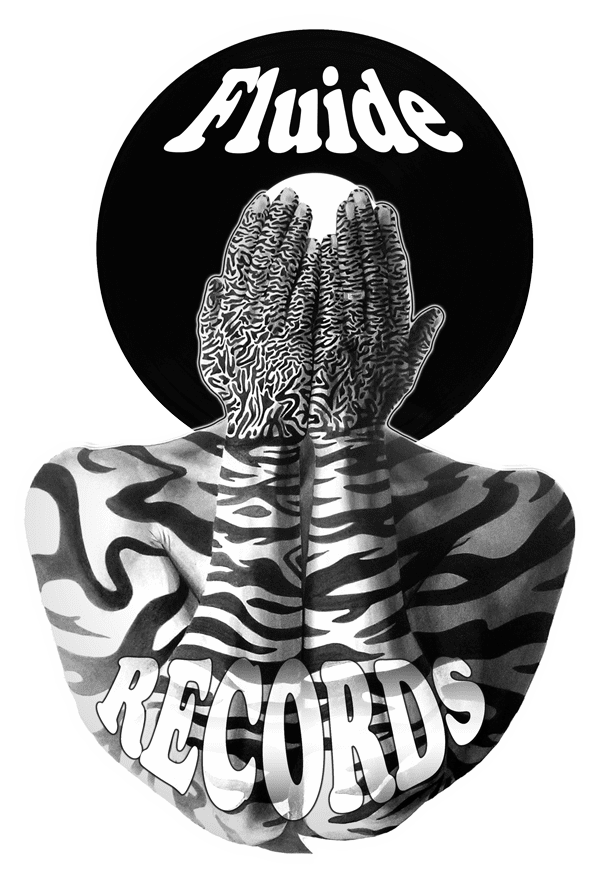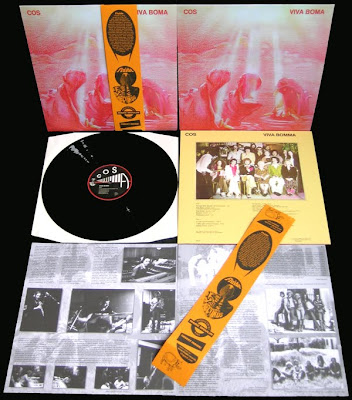During 1975, the group alternated concerts with rehearsals, improving their previous repertoire and working on new tunes. At the time, their material consisted of longer versions of the album songs, which were developing according to the mood of the musicians and the inspiration of Pascale, who liked performing singing improvisations. She used to juggle with syllables and onomatopoeia, either supplementing the instruments with her voice or through counterpoint, dazzling audiences by the ease and the dexterity of her imaginative and spontaneous singing.
A little later, a keyboard player named
Marc HOLLANDER appeared in the group's rehearsal room avenue des Chalets in Brussels, and played his Farfisa organ to the musicians who got convinced by his virtuoso qualities. A great connection developed between Marc and Daniel, due to their affinities and their common conception of music. A fan of European rock in the style of
HENRY COW, MAGMA and ZAO, he also liked contemporary classical composers, such as
BARTOK. He was fond of odd oriental and Arab rhythms and liked to include fever and eccentricity into his compositions. Although their personalities often clashed with each other, the common ground created good conditions for the elaboration of new themes. Pascale was increasingly establishing herself as an outstanding singer, yet she was only the interpreter of lyrics written by Daniel who remained the band's sole leader.
During their German tours,
Cos presented new songs such as
"L'idiot Leon", with an introduction combining three wind instruments in counterpoint -Pascale's oboe, Daniel's Alto flute and Marc HOLLANDER's bass clarinet. The German press coverage insisted on Pascale's vocal qualities, which she modulated with disconcerting ease, and on the wideness of her register. The journalists were greatly impressed by her instrumental singing, sometimes compared with that of
Flora PURIM. By now, the group joined the management agency Odeon Theater which gathered the groups of the new
ERA (Energie Fur Alle) label,
EMBRYO, AMON DUUL II and
AERA.
Henri HEYMANS of
EMI, who liked their music, signed the band so that their debut album ‘Postaeolian Train Robbery’ could receive another release with a new sleeve. As this album sold well, Henry HEYMANS offered the group to bring out a second opus, provided that it would be realized under the supervision of a renowned producer. The group immediately thought of
Marc MOULIN, a highly skilled pianist and leader of
PLACEBO, a jazz-rock outfit whose album had been voted the Belgian album of the year. He had produced albums for
Philippe CATHERINE and was the presenter of ‘King Kong’ a New music/rock broadcast on the Belgian radio RTB while setting up his own label named Kamikaze.
















